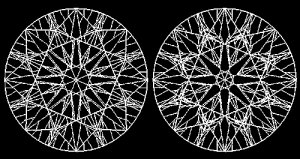- Joined
- Apr 3, 2004
- Messages
- 33,852
right on Wink!!Date: 2/28/2010 2:38:58 PM
Author: Wink
Many of us love the fire, and many of us prefer more brilliance. Both are acceptable within the confines of the AGS 0 cut grade, so I am uncomfortable seeing anyone try to say they are not correct without a solid reason why.Date: 2/28/2010 1:42:30 PM
Author: FB.
Didn't Tolkowsky's theory use an extremely thin girdle?
I thought that once a medium girdle was added, the table size was optimum at 56%.
Could be wrong though......
Wink


Wink,i have a Q for ya...why don't Paul cut some RBs with smaller tables?




300x240.png)